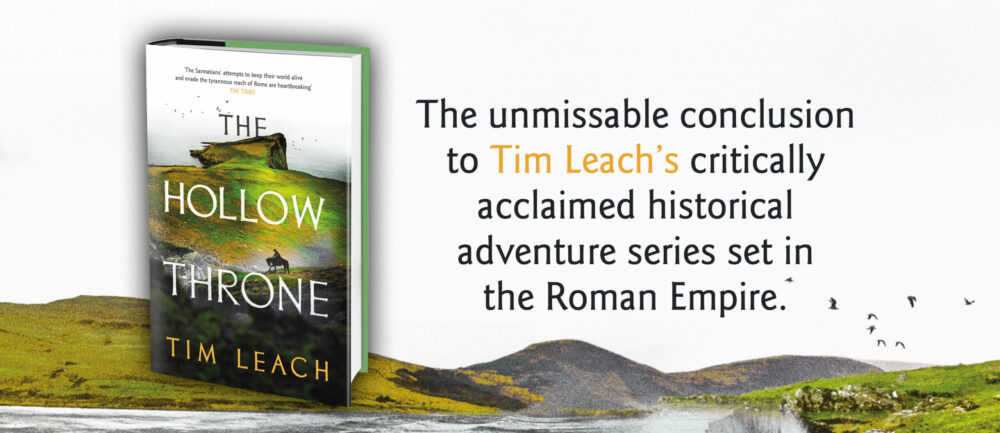Dialogue seems to be one of the areas where developing writers consistently struggle, even if they are strong in other aspects of the craft. I write pretty talky books, and thought I’d share a few principles I try to keep in mind when writing dialogue.
Give dialogue its due
In my novels, I treat dialogue scenes like a kung fu film maker treats his fight scenes – with the greatest craft and care, because I know that they are the main reason my reader has come along for the ride. Not to hear me lecture on my brilliant personal philosophy, or write purple prose descriptions of faraway lands. More than anything, most readers just want to hear convincing characters talking to each other in a believable and interesting way. Too many writers seem to treat dialogue as a chore or an afterthought or a cheap tool for exposition. Never forget, it demands your full attention.
Know what the characters want
This, of course, is a principle that applies to most aspects of narrative fiction, but is particularly glaring in dialogue if it hasn’t been properly thought through. Most bad dialogue is spoken by underdeveloped characters.
A conversation, even a friendly conversation, usually has a competitive aspect. The characters want something, otherwise they wouldn’t be talking, and they are trying to shape the conversation so that it satisfies their want as quickly and throughly as possible. This desire may be concrete (the combination to the vault, the location of the bomb) or it may be more abstract (to assert their world view, to have their actions approved of, to make the other person feel bad about themselves). It’s this tug of war between conflicting desires that gives dialogue energy and tension. Identify their desires and how they conflict, and you’ve got the beginnings of a dialogue structure already.
Your characters can want many things, but I can tell you one thing they don’t want – they don’t want to explain your plot to the reader. The moment characters start mouthing large chunks of exposition for no good reason is the moment your book will be hurled across the room by any vaguely discerning reader.
Know how they’ll try to get it
Once you’ve mapped out what each character wants, you’ve got to think of how they will get it. Sometimes characters will fight fair – they’ll try and use reason and logic and compromise to achieve their goals. Sometimes they will fight dirty – they’ll lie, threaten, bully, flatter, seduce.
Again, think of dialogue like a physical conflict. A fighter is cautious at first, trying to get the measure of his opponent. He’ll try a technique; if it doesn’t work, he’ll try something else instead. If he finds himself winning, he’ll press his advantage aggressively. If he’s losing, he’ll up his defences, try and find an effective counter, and in desperation may do something that’s against the rules, that is morally compromised.
Map out your dialogue scenes like you’re choreographing a fight; plan every punch, lock, throw and counter.
Be Indirect
These techniques of dialogue are many and varied, but almost always, the key to convincing dialogue is having characters approach things indirectly.
In bad dialogue, characters say exactly what they think and feel and want. In real life, we very rarely out and out say these things. We skirt around the truth, hint at it obliquely, misdirect and actively lie. Because the truth makes us vulnerable.
To return to our combative running metaphor, to tell someone exactly what you’re after is the equivalent of a boxer dropping his guard – you may surprise your opponent into making a mistake, but it’s more likely you’re going to eat a right cross to the jaw and be knocked out.
The moment your characters are describing their exact thoughts and feelings is usually the moment when your dialogue is at its least realistic. Besides, if you do this, you’re missing the chance to create some excellent natural tension. It’s the gap between what is felt and said, what is wanted and remains unsaid, that creates tension. In close third person or first person writing, we can directly show the reader this gap between thought and speech, intention and action. So don’t let your characters be fully honest with each other – things will be more interesting that way.
The characters we find most fascinating are the ones who are most mysterious. We don’t know exactly what they want, we can only guess. We don’t know what they’ll do, so they constantly surprise is. Carry this principle through to your dialogue, and you’ll do just fine.
